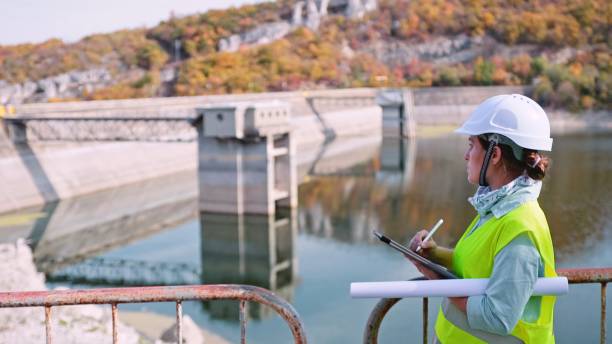The importance of sustainable water management practices cannot be overstated in today’s ecologically conscious world. With increasing scarcity of freshwater resources and growing environmental concerns, it is essential to implement strategies that effectively manage and conserve water. One of the key methods for achieving this is the use of percolation tank, which play a critical role in enhancing groundwater levels and ensuring the availability of water for various needs.
The Role of Percolation Tanks in Water Management
Percolation tanks are structures or excavated areas that are designed to capture and store runoff water, particularly from rainfall, allowing it to percolate into the ground and recharge aquifers. By mitigating the effects of surface runoff and reducing soil erosion, these tanks form an integral part of sustainable water conservation techniques, especially in regions that experience seasonal rainfall.
Understanding the Percolation Process
At the heart of a percolation tank’s functionality is the percolation process. This natural filtration method relies on the passage of water through soil layers before reaching the groundwater table. The gradual movement through the substrata helps purify the water, removing particulate matter and contaminants. It is a simple yet effective mechanism that enhances the quality of groundwater without the need for complex machinery or expensive treatments.
The Benefits of Percolation Tanks
The advantages of utilising percolation tanks extend beyond just water storage. They contribute to the replenishment of groundwater, ensuring the long-term sustainability of water tables. Furthermore, these systems provide water for agricultural purposes, aiding farmers during dry periods, and also support ecosystems that rely on consistent groundwater levels. The increase in groundwater levels can also reduce the need for deep bore wells, thus preserving the structure and stability of the soil.
Moreover, percolation tanks offer an economic benefit. By capturing and storing rainwater, these tanks reduce dependence on expensive water importation or water purification systems. In rural settings, they can drastically affect the livelihood of communities by providing a consistent water supply for drinking, irrigation, and livestock.
Designing Percolation Tanks
When designing a percolation tank, several factors need to be considered to ensure its effectiveness. The area chosen for the tank should have suitable soil types that allow for optimal percolation rates. It is also imperative that such tanks are strategically located to capture the maximum amount of runoff water.
The construction of percolation tanks involves ensuring proper embankments to prevent water loss through seepage and the consideration of spillways to handle overflow during periods of heavy rainfall. Regular maintenance and inspection of these tanks are also crucial for their sustained operations and to prevent clogging of the percolation areas.
Maintenance of Percolation Tanks
Effective maintenance is crucial to the operation of percolation tanks. This includes regular removal of silt and debris that could reduce water infiltration rates. The maintenance of catchment areas around the tanks also plays a role in ensuring the quality and quantity of water entering the system.
To this end, companies like ACO StormBrixx offer support in the maintenance and inspection of percolation systems, ensuring their continued effectiveness as a sustainable water management solution. Attention to the structural integrity of the tank, routine cleaning of inlet and outlet channels, and monitoring for leakage or erosion ensures that systems like the percolation tank continue to function as intended.
Challenges and Considerations
While percolation tanks offer numerous benefits, there are challenges that need to be addressed. One concern is the potential for waterlogging in surrounding areas, which requires proper design considerations to ensure adequate drainage. Additionally, there is the question of water rights and ensuring that the installation of a percolation tank does not infringe upon the rights of downstream users.
In urban settings, space constrains may limit the size and number of percolation tanks that can be installed. As such, these systems must be integrated with other sustainable water management practices like rainwater harvesting and recycling to optimise the benefits.
Concluding Thoughts
In conclusion, percolation tanks are a cornerstone of efficient water management, particularly in arid and semi-arid regions where water scarcity is a pressing issue. By facilitating the natural process of percolation, these tanks contribute significantly to the conservation and management of water resources, ensuring that future generations have access to clean and ample water supplies.
As global water demands continue to rise, the need for innovative and sustainable strategies becomes ever more critical. With proper design, construction, and maintenance, percolation tanks will continue to play an essential part in safeguarding the integrity of water resources around the world. Therefore, it is of paramount importance that communities, governments, and environmental agencies collaborate to promote the use and upkeep of these vital systems in the ongoing mission to achieve sustainable water management.

